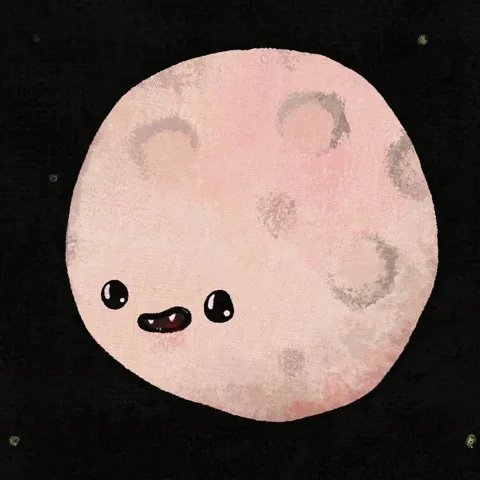Well, imagine it’s a Sunday morning and you woke up just before your alarm. And suddenly you see no sunlight our there! Eventually, you realized that the sun of your solar system is dead.
How different your life would be now? How do ecosystems would react? but First of all, would you be able to survive? Ok ok, stop imagining!
I know this would be a nightmare to face on a Sunday morning. But before that let’s dive back to the question, how is our sun born?
If you read my previous blog, you are very well aware of the big bang. Here, just after few seconds of the big bang, the stars or sun begin to form (make sure that stars and sun are the same).
Now to make the sun here are some ingredients we need!
- Ingredients:
1. Some Gases
2. Gravity
3. Time.
In the initial stage of the formation of the universe, there was nothing but gases and a vacuum all over the empty space. These gases start to swirl in space and gravity squeezes this matter of gas together called ‘nebulas’.
(Light years means, it takes years for light, to reach a certain distance, which is a very very large distance. mathematically speaking speed of light is 3* 10^8 meters per second)
While this happens let’s see what happens at its center also known as its core. Here gravity breaks down the protons and the neutrons in the atom of the gas. As here temperature becomes higher it starts to illuminate. At the peak moment after many light-years, this core burst up very fast increasing its pressure, dust particles move at a very high speed producing more and more heat.
For the next half billion years, this young star shrinks and gets smaller, and its temperature at its core decreases by 50million times than its original temperature. Atoms here fuses(combines) and give out a high amount of energy. A giant illuminating (shining) ball of high-energized gases is formed many light years later giving rise to the SUN.
You may wonder what kind of gases are they? Well, they are just hydrogen and helium gases.
These gases act as fuel to the sun by making various chemical reactions that give the sun its light and heat, nothing more.
Our sun is simply shining due to the Hydrogen fuel inside it.
Dust particles inside are the primary elements and “the stardust are the seedlings of life itself”.
As the sun is a lot closer to us we can feel its heat on the earth as compared to the other stars which are a billion light-years away from us.
Due to the difference in the distances we see our ‘sun’ as a huge ball in the sky and ‘stars’ as a tiny dot blinking in the sky.
Well this meme explains the idea more clearly !I hope this gives you a clear vision of the journey of the star! We are halfway on this journey. “How does a sun die?” is another half journey we would explore in the next blog.
comment below what you think about the formation of the star, and your curious questions too.







